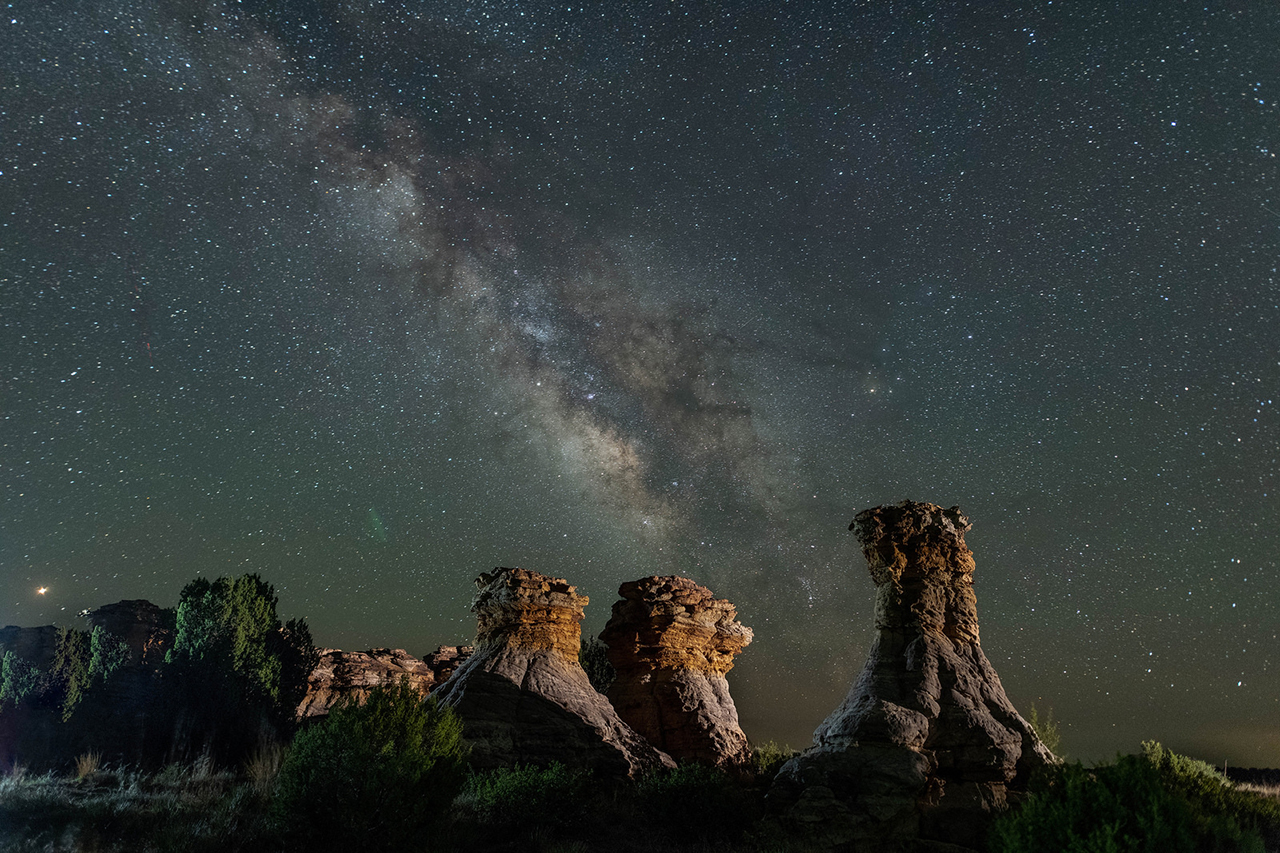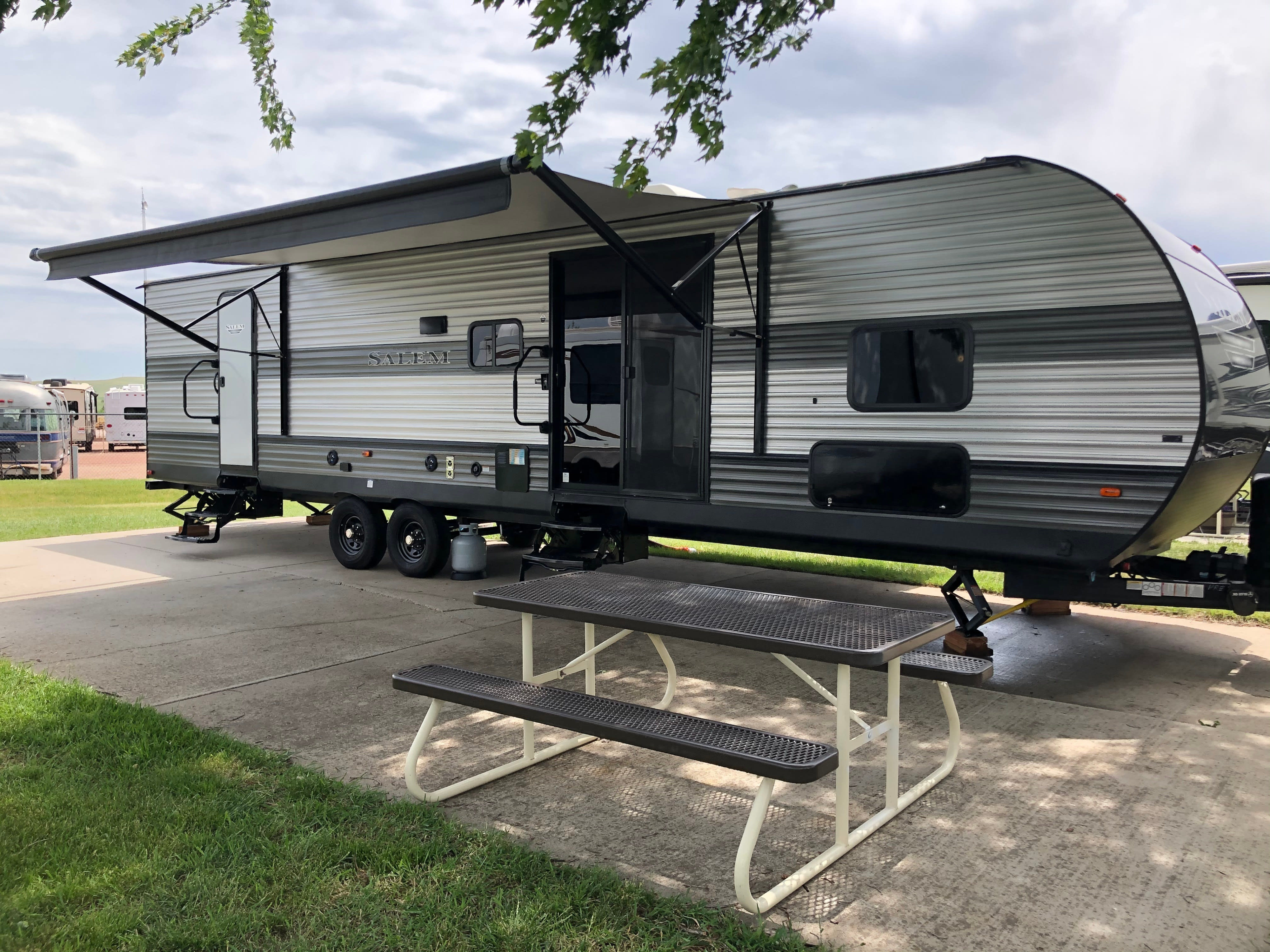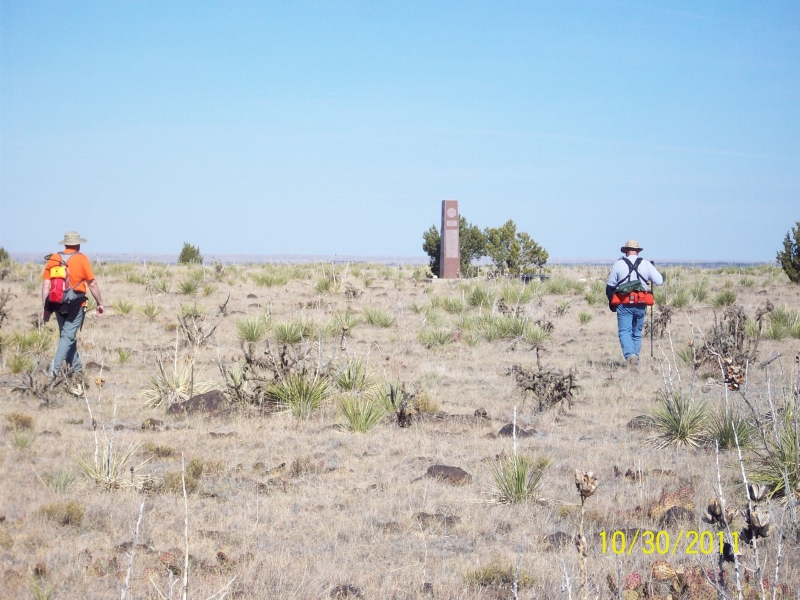

Allow at least four hours to hike to the top of the mesa from the parking area and back. Located about 15 miles from the nature preserve, Black Mesa State Park is adjacent to Lake Carl Etling and offers online reservable RV campsites with water and electric hookups, tent campsites, picnic facilities, boat ramps, playground and restrooms with showers.īlack Mesa Nature Preserve is open dawn to dusk only. It is one of the most viewed meteor showers in the Northern Hemisphere and is best seen from remote areas such as the Oklahoma panhandle.

The state park is especially popular each August when the annual Perseid meteor shower is visible. The dark skies draw countless astronomy enthusiasts to the area every year as they make star gazing ideal.

In addition to being an excellent location for wildlife watching, Black Mesa State Park boasts some of the darkest nighttime skies on publicly accessible land in the country. Other wildlife in the area includes black bear, bobcat, mountain lion, mule deer, bighorn sheep and antelope. The park is a birder's paradise with golden eagles, scaled quail, black-billed magpies, and pinyon jays. Visitors can hike to the top of the plateau, Oklahoma's highest point at 4,973 feet above sea level, while in the Black Mesa Nature Preserve. The unique area marks the point where the Rocky Mountains meet the shortgrass prairie and many species are at the easternmost or westernmost point of their natural range. The nature preserve consists of approximately 1,600 acres where visitors can hike and enjoy 23 rare plants and eight rare animal species. The nature preserve is operated by the Oklahoma Tourism & Recreation Department in conjunction with Black Mesa State Park. Black Mesa takes its name from the layer of black lava rock that coated the mesa about 30 million years ago. In 1994, the church was moved 15 miles to its present location as the first step toward the Waconda Heritage Village Association’s goal of creating a "living" museum dedicated to pioneer heritage and Native American lore.Įngaging stories about Waconda Springs and Hopewell Church can be found on the city of Glen Elder official website at and on the Kansas State Historical Society website at Mesa is located in Oklahoma's panhandle along the tri-state border with Colorado and New Mexico. The church congregation eventually dwindled and it was forced to close its doors in 1989 after 113 years of service. A number of changes occurred over the subsequent century. It took two years to build the church and the first congregation met in the new building on February 22, 1876. It took as much as two weeks to receive a load of lumber. Lumber had to be shipped in, but the nearest railroad terminal was 80 miles away in Greenleaf. By July 1876, the group had grown too large to meet in homes, so in August 1876 they decided to build a 24’ x 40’ frame structure with a six-foot vestibule at one end.īuilding the church was quite a challenge. It was built by a dedicated congregation that was established in March1876 and met in private homes. The church was originally located south of Beloit and was completed in 1878 at the cost of $1,200. Rubble from the demolition was piled into Waconda Springs before the lake filled.Īlso at Glen Elder, travelers can visit the historic Hopewell Church. Although it saw a variety of uses in its lifetime, the sanitarium stood until it was razed in the early 1960s to make way for the lake. Gradually, more and more non-native people began to migrate to the area and beginning in 1884, the Waconda Springs Sanitarium was built over a ten-year period. However, the first recorded visit by a non-native occurred in 1806, when General Zebulon Pike (for whom Pike’s Peak is named) altered his route to Colorado to visit the springs. In 1767, the first non-native person is said to have visited the springs. Kanza tribe members reportedly called the springs, “Wakonda,” meaning “Great Spirit.” Waconda Springs was a sacred, ceremonial gathering place for many of the Native American tribes that lived in the central plains, including Pawnee, Wichita, Kaw, Kiowa, Sioux, Arapaho, Comanche, the Miami, Crow, Cheyenne, Arapaho and others. The spring’s pool was said to be 50 feet in diameter, 15 feet deep and rich in a variety of minerals. The resulting lake covered what once was an active mineral spring called Waconda Springs. Bureau of Reclamation began building the lake’s dam across the Solomon River in 1964, and it was completed in 1968. As part of a flood control effort, the U.S.

The park is located on the northern shore of Glen Elder Reservoir, which is also called Waconda Lake. The Waconda Springs Replica at Glen Elder State Park pays tribute to an ill-fated site of Kansas geology and Native American history.


 0 kommentar(er)
0 kommentar(er)
